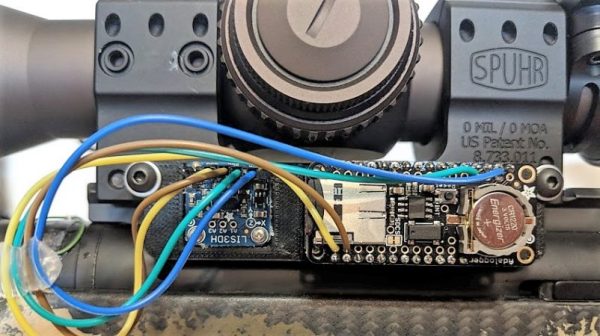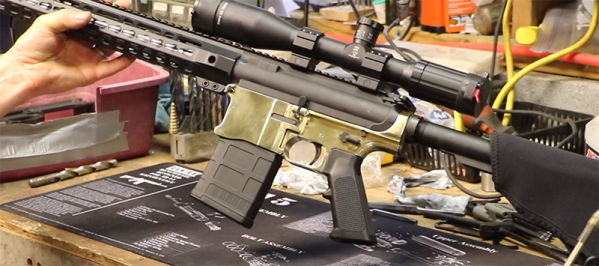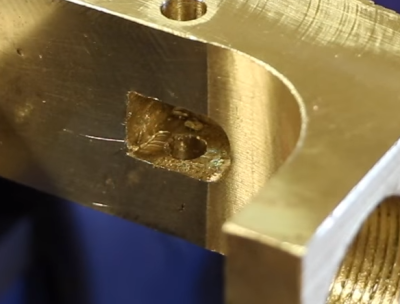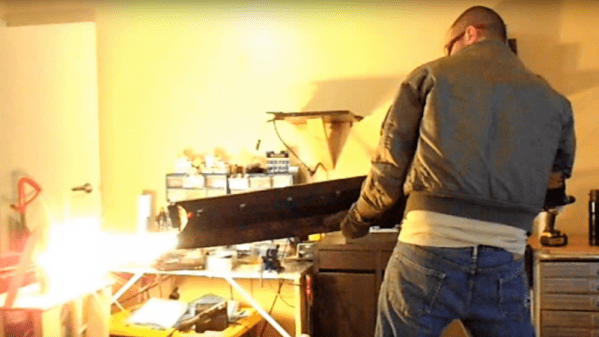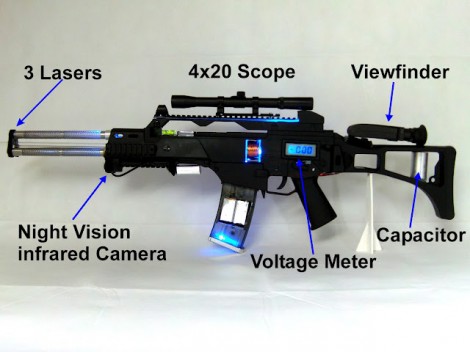A modern firearm is likely to be mass-produced using high-precision machine tools, and with a uniformity to the extent that parts from one can be interchanged with those from another. This marks a progression of centuries of innovation, in gunsmithing, in machine tooling, and in metallurgy. In the 18th century there was little of the innovations found in a modern weapon, and a rifle would have been made entirely by hand through the work of a master gunsmith. The video below the break is a fascinating 1969 film following Wallace Gusler, the gunsmith at the museum town of Williamsburg, Virginia, as he makes an 18th-century muzzle-loading flintlock rifle from raw materials. It’s a long video, but it leaves nothing out and has a really informative commentary we’re told from the gunsmith himself.
The film opens with a piece of wrought iron being forged into a long strip. We’ve talked about wrought iron as a difficult-to-find blacksmith’s material before here, so this immediately makes us curious as to what material the current Williamsburg gunsmiths use. The strip is formed round a mandrel and laboriously forge-welded to form a rough tube, before being bored with a series of drills and then rifled with a toothed slug. The finishing is done by had with a file, with the rough tube being filed to an octagonal shape. Continue reading “Retrotechtacular: The Gunsmith Of Williamsburg”



